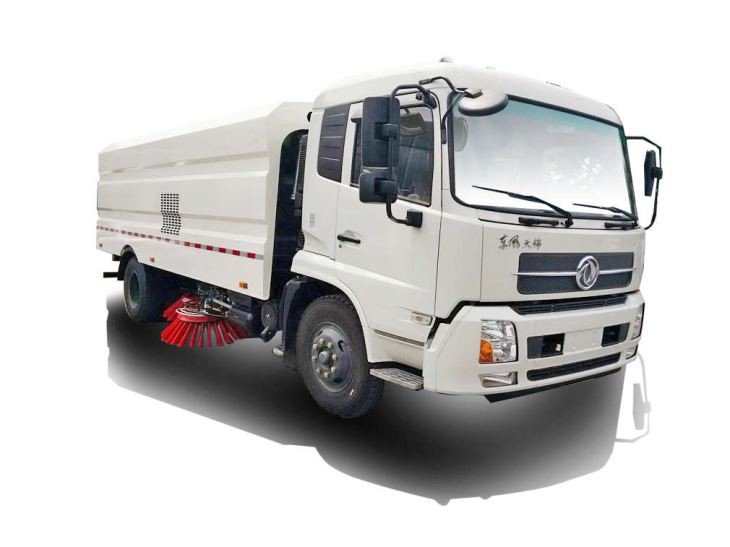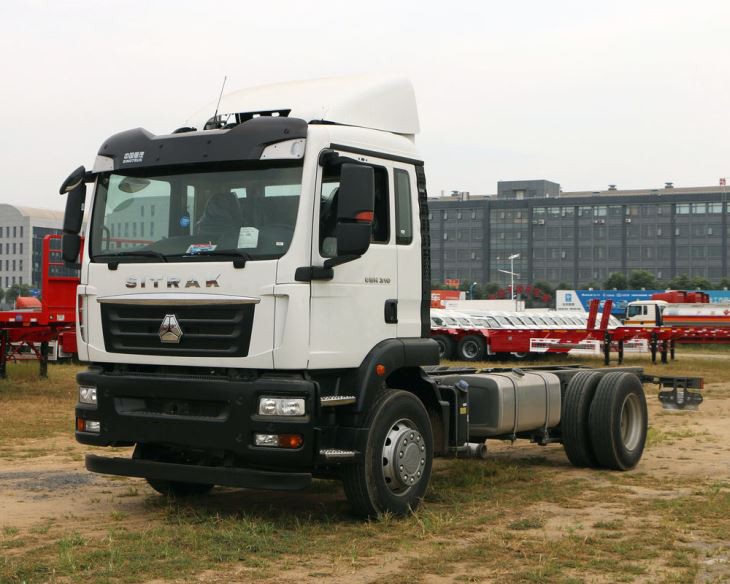Road tankers are an essential component of the logistics and transportation industry. They play a crucial role in the movement of liquids, including fuels, chemicals, and food products. Understanding the capacity of these vehicles is vital for businesses and consumers alike. In this article, we will delve into the various aspects of road tanker capacity, including types, calculations, regulations, and practical tips for optimizing usage.
What is Road Tanker Capacity?
Road tanker capacity refers to the maximum volume of liquid that a road tanker can safely transport. This capacity is usually measured in liters or gallons and is determined by the size and design of the tanker. Knowing the capacity is crucial for optimizing deliveries and ensuring compliance with safety regulations.
Types of Road Tankers
1. Fuel Tankers
Fuel tankers are designed to transport various types of fuel, including gasoline, diesel, and jet fuel. Their capacity can range from 5,000 to 20,000 liters, depending on the size of the vehicle. For example, a typical fuel tanker for diesel might have a capacity of around 10,000 liters.
2. Chemical Tankers
Chemical tankers handle hazardous materials and require specialized designs for safety reasons. Their capacities can vary widely, often from 5,000 to 30,000 liters. These tankers are usually equipped with pumps and delivery systems tailored for the specific type of chemical being transported.
3. Food Grade Tankers
Food-grade tankers are used to transport edible liquids such as milk, juices, and oils. Their capacity typically ranges from 5,000 to 15,000 liters. These tankers must comply with strict hygiene and safety standards to prevent contamination.
4. Bulk Tankers
Bulk tankers are designed for carrying large quantities of liquids without significant loss of quality or safety. They usually have a capacity greater than 10,000 liters and can transport various liquids, depending on their design.
Calculating Road Tanker Capacity
Calculating the capacity of a road tanker involves understanding its dimensions and shape. Most road tankers are cylindrical, and the formula for calculating the volume is based on the formula for the volume of a cylinder:
Volume Formula
Volume (V) = π × r² × h
- r = radius of the cylinder
- h = height (or length for cylindrical tank) of the cylinder
By measuring the diameter (to find the radius) and length of the tanker, one can calculate the maximum capacity that can be safely transported. It is also important to account for the tare weight, which is the weight of the empty tanker, to determine the net weight that can be carried.
Factors Affecting Road Tanker Capacity
1. Design and Shape
The design and shape of a road tanker significantly influence its capacity. For instance, a cylindrical tanker generally has a higher capacity than a square or rectangular one due to its geometry.
2. Material
The materials used in the construction of tankers can also impact their capacity. Depending on their intended use, tankers may be made from aluminum, stainless steel, or other materials that offer different levels of strength and durability.
3. Local Regulations
Compliance with local road transport laws and regulations can affect the maximum allowable capacity of a tanker. For example, specific regions may have weight limits or restrictions on the transport of hazardous materials, thereby influencing how much a tanker can carry.
4. Safety Features
Safety features such as baffles and compartmentalization can also impact the effective capacity of a tanker. While baffles reduce sloshing and improve stability, they can also reduce the usable volume within the tank.
Regulatory Standards for Road Tankers
Regulations governing road tankers vary by region and type of liquid being transported. Here are some common standards:
1. Safety Regulations
Most regions require road tankers to meet specific safety standards to prevent accidents during transportation. This might include regulations on materials, pressure, and safety gear.
2. Environmental Regulations
Environmental conservation laws often impose limits on emissions and leak prevention for tankers transporting hazardous materials. Tankers must have spill kits and secondary containment systems to comply with these regulations.
3. Certification and Inspections
Regular inspections and certifications are critical for ensuring that a road tanker remains safe and compliant with regulations. This might include evaluating tank integrity, valves, and transport systems.
Practical Tips for Maximizing Road Tanker Capacity
1. Optimize Route Planning
Efficient route planning helps in maximizing the load and reducing fuel consumption. Use routing software to find the best routes, which allow for timely deliveries without overloading the tanker.
2. Regular Maintenance
Perform regular maintenance checks on tankers to ensure they are in good working condition. Maintenance can prevent leaks and injuries that could arise from poorly maintained vehicles.
3. Load Distribution
Ensure that the load is evenly distributed in the tanker to prevent handling issues and improve vehicle stability. This is especially important for tankers that carry liquids that can shift during transport.
4. Use Technology
Many modern tankers come equipped with technology that helps in monitoring fuel levels, temperature, and pressure. Employing this technology can optimize capacity utilization and operational efficiency.
Comparative Capacity of Different Road Tankers
| Type of Tanker | Typical Capacity (Liters) |
|---|---|
| Fuel Tanker | 5,000 – 20,000 |
| Chemical Tanker | 5,000 – 30,000 |
| Food Grade Tanker | 5,000 – 15,000 |
| Bulk Tanker | 10,000+ |
Future Trends in Road Tanker Capacity
The future of road tanker capacity is poised for several trends driven by technology and environmental concerns. Electric and hybrid tankers are on the rise, potentially changing capacity dynamics. Innovations such as lightweight materials and smart sensors are also expected to improve the efficiency and safety of transporting liquids.
Frequently Asked Questions (FAQs)
1. How is the capacity of a road tanker measured?
The capacity is usually measured in liters or gallons, based on the volume of the tank which is calculated from the tank’s dimensions.
2. What is the average capacity of a fuel tanker?
The average capacity of a fuel tanker ranges from 5,000 to 20,000 liters.
3. Are there regulations for transporting hazardous liquids?
Yes, there are strict regulations at local, national, and international levels for transporting hazardous liquids, focusing on safety, environmental impact, and vehicle specifications.
4. Can a tanker carry more than its rated capacity?
No, exceeding the rated capacity can lead to dangerous situations, including spills, accidents, and legal repercussions.
5. What safety features are common in road tankers?
Common safety features include pressure relief valves, sloshing baffles, emergency shutoff systems, and spill containment measures.
6. How often should a road tanker be inspected?
Road tankers should be inspected regularly, typically every 6 to 12 months, depending on the regulations and the volume of usage.



